This month, another Great Wave will crest—this time not in Edo Bay, but on the auction floor.
On 22 November, Sotheby’s Hong Kong will offer a rare and quietly powerful impression of The Great Wave off Kanagawa. It comes from the Okada Museum of Art in Hakone, and its appearance feels like the meeting of two very different worlds: art history at its most poetic, and a modern legal storm that forced the museum to release some of its treasures.
This impression of Hokusai’s most famous design forms part of a larger sale: 125 lots of Asian art, spanning more than 3,000 years of history. Shang bronzes, Qing porcelain, Japanese screens, Korean celadon—and in the middle of it all, a single sheet of Edo-period paper whose wave continues to rise across centuries.
Today, the story driving this auction is almost as dramatic as the print itself.
Why This Great Wave Is Being Sold
The Okada Museum sits among the forests of Hakone, founded in 2013 by billionaire Kazuo Okada, long known as Japan’s “Pachinko King.” For three decades he collected ceramics, screens, Buddhist sculpture, and ukiyo-e under the guidance of Kochukyo, one of Japan’s most respected art dealerships.
But a different tide began to swell.
Okada’s friendship—and later fallout—with casino magnate Steve Wynn ignited one of the most high-profile corporate disputes of the last decade. After their partnership collapsed in 2012, Universal Entertainment (Okada’s company) contested the redemption value of its 20% stake in Wynn Resorts. In 2018, Wynn ultimately settled for $2.6 billion.
The victory came with a staggering hidden cost.
Okada’s law firm billed him $50 million for the long legal battle. He refused to pay. Arbitration followed. U.S. courts upheld the fee. With the award enforced, court-appointed receivers gained control of shares in Okada Fine Art Limited, the company that owns many works housed in the museum.
The result?
Treasures originally collected to be preserved “for as many people as possible” are now being sold to settle a legal debt.
Among them is a quietly magnificent Great Wave.
What Makes This Impression Special
Sotheby’s describes the piece as:
Under the Wave off Kanagawa from Thirty-Six Views of Mount Fuji.
Signed “Hokusai aratame Iitsu hitsu.”
Published by Nishimura Yohachi (Eijudō), circa 1831–33.
Printed with a blue outline, a hallmark of earlier impressions.
Each detail matters.
- The signature places the print in Hokusai’s later career, when his identities—Shunrō, Sōri, Hokusai, Iitsu—had evolved into the crisp style of his Fuji period.
- The publisher, Eijudō, was responsible for issuing the entire Thirty-Six Views of Mount Fuji series.
- The “blue outline” (aizuri key block) suggests an earlier, more desirable printing, likely before the blocks began to wear.
This impression also carries a strong museum pedigree. The Okada Museum exhibited it in 2018–19 and again in 2023, and it appears in the publication Masterpieces of the Okada Museum of Art (Vol. 2).
Its estimate at Sotheby’s is HKD 5–8 million (about USD 640,000–1 million).
The Quiet Drama Inside The Great Wave
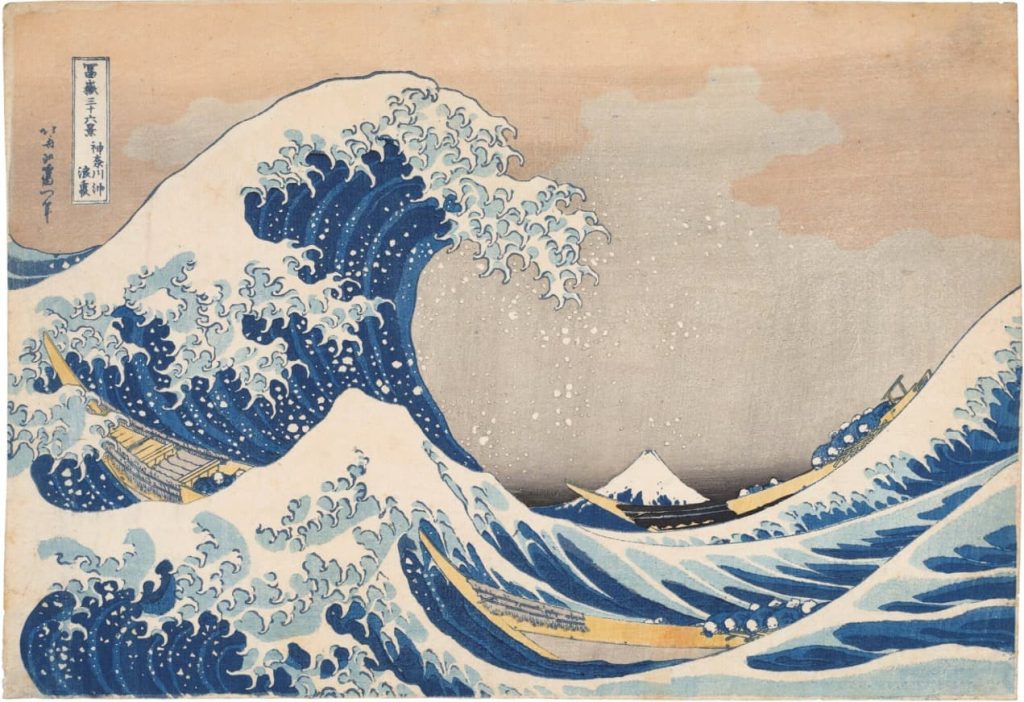
The Great Wave has been examined countless times, yet every auction reawakens its emotional power.
Created around 1831, when Hokusai was in his seventies, the print captures a rare fusion of movement and stillness. In the article The Iconic Power of The Great Wave off Kanagawa, the wave is described as almost creature-like—arching forward with claw-like foam as long boats slice through the water. Fuji sits calm, immovable, framed in the hollow of the wave like a brief revelation.
The print’s history is equally compelling. 12 Things to Know About The Great Wave off Kanagawa notes that although the design has spread across the world—onto posters, emojis, banknotes, and digital wallpapers—only around 130 early impressions are believed to survive. Many belong to the major museums of the world: the Met, the MFA Boston, and the British Museum among them.
Mapping the Evolution of The Great Wave traces how specialists distinguish early impressions from later ones. Paper tone, pigment richness, sky gradation, block wear, and the strength of the Prussian blue all reveal clues. Early impressions often glow with a depth of blue that later reprints cannot match. The Okada Museum’s example, with its bright outline and preserved color, appears closer to that early group.
Where This Fits in Today’s Market
Over the past few years, The Great Wave has become an informal benchmark for the entire ukiyo-e market.
In March 2023, an exceptional early impression sold for USD 2.76 million, setting a record for both the print and for ukiyo-e as a whole. Several other strong impressions have since achieved prices between $800,000 and $1 million. In another remarkable result, a complete Thirty-Six Views of Mount Fuji set reached USD 3.5 million.
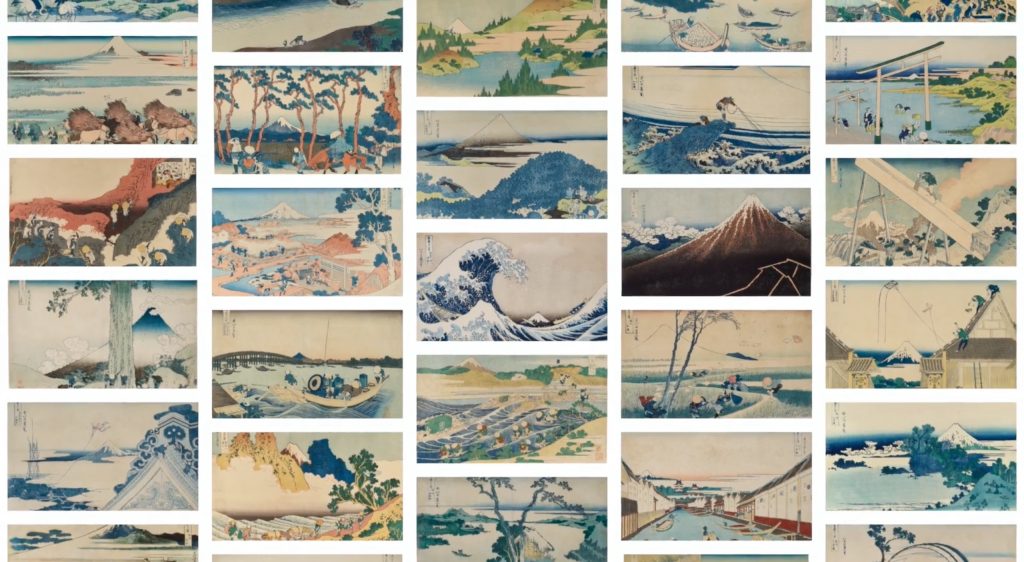
The broader context, explored in The Most Expensive Ukiyo-e Art Sold at Auction, shows how interest in Hokusai—and ukiyo-e more broadly—continues to deepen globally. Early waves grow rarer each decade, and collectors increasingly recognize that condition, provenance, and crispness of colour can influence value dramatically.
Against that backdrop, the Okada impression arrives at Sotheby’s at a compelling moment. Its estimate reflects strong quality and museum history, while acknowledging that this is a forced sale, driven by legal necessity rather than curatorial intention.
A Wave Shaped by Forces Beyond Art
There is a strange, poetic resonance in the story.
In Hokusai’s print, fishermen brace themselves against a wave far larger than they are. They cannot control it; they can only hold steady and ride. In the real world, this single sheet of mulberry paper—once meant to live quietly in a museum in Hakone—has been pulled into financial currents far removed from the shores of Edo.
And now it moves on again.
Perhaps this is why The Great Wave remains timeless. It holds layers of human drama—artistic, historical, cultural, and now legal. Every time it changes hands, it gathers a new story in its foam.
This month, one collector will hold it for a moment. But, like the wave itself, the print’s journey continues.
Read More:
- The Rinpa Aesthetic: Where Nature and Elegance Become One
- Tansai Gafu: A Forgotten Design Album of Shōwa Japan
- How Kare Sansui Gardens Reflect Japanese Aesthetics and Zen Philosophy
- Furuya Kōrin and Shin Bijutsukai: A New Ocean of Japanese Design
- The Wave Motif in Japanese Art–Its Meaning, Motion, and Memory
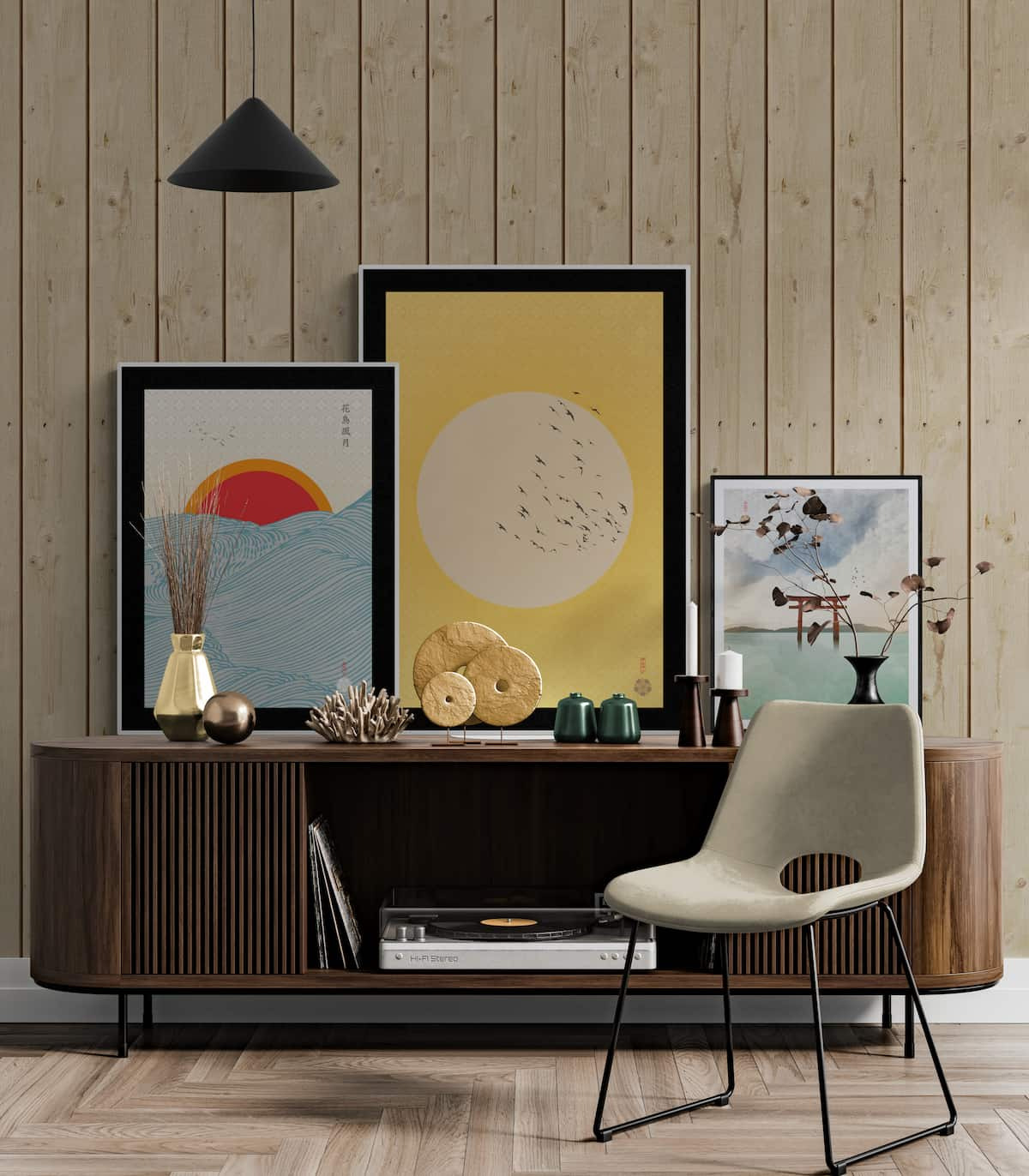
At The Art of Zen we carry our own hand-crafted original Japanese art prints in the ukiyo-e and Japandi style. Some of our best selling work is Mount Fuji wall art and Japandi wall art.
Add some zen to your space with brilliant original art from the Art of Zen shop.

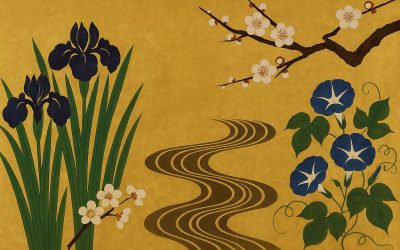

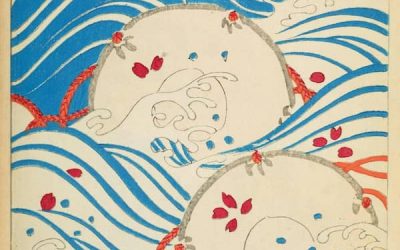
0 Comments